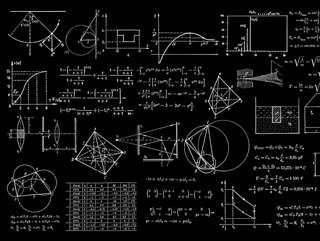Riken institute launches Japan's first quantum computer

Japan’s first quantum computer built by the Riken research institute has just gone online.
The computer is based in Wako, Saitama Prefecture and is currently equipped with 64 qubits. However, Riken aims to increase this number to one million qubits by 2040 to make it more widely usable.
Despite the achievement of going online, Yasunobu Nakamura, the director of the Riken Center for Quantum Computing in Wako, Saitama Prefecture, sees it as a milestone rather than a goal, stating that “the race has just begun.”
Quantum computers have the potential to perform multiple complex calculations simultaneously, resolving problems in minutes that would otherwise take tens of thousands of years using traditional supercomputers.
They are also capable of easily deciphering current online and financial encryptions. Several organisations worldwide are currently working on quantum computers.
Quantum computers rely on the principles of quantum mechanics, where micro-particles such as electrons and atoms behave in such a way that they can perform calculations.
There are various ways to create a quantum computer, but Riken uses a superconducting method in which the quantum bit is surrounded by superconducting materials and cooled to extremely low temperatures (~ -272°C).
However, the low-temperature requirement, current quantum computer unreliability, and the significant challenge of scaling them up pose practical usability issues.
On April 3, Riken announced a successful attempt at linking two physically distant qubits using a two-qubit logic gate between silicon spin qubits.
Currently, linking qubits that are far apart is challenging and requires the qubits to be placed in a small area. The demonstration opens up the possibility of scaling up quantum computing based on silicon quantum dots.
Riken's team used coherent spin shuttling to move single-spin qubits across quantum dots without affecting their phase coherence by pushing electrons with a voltage.
The distance between the two qubits was relatively small, and the Riken team is now looking to extend it to around a micrometer.






